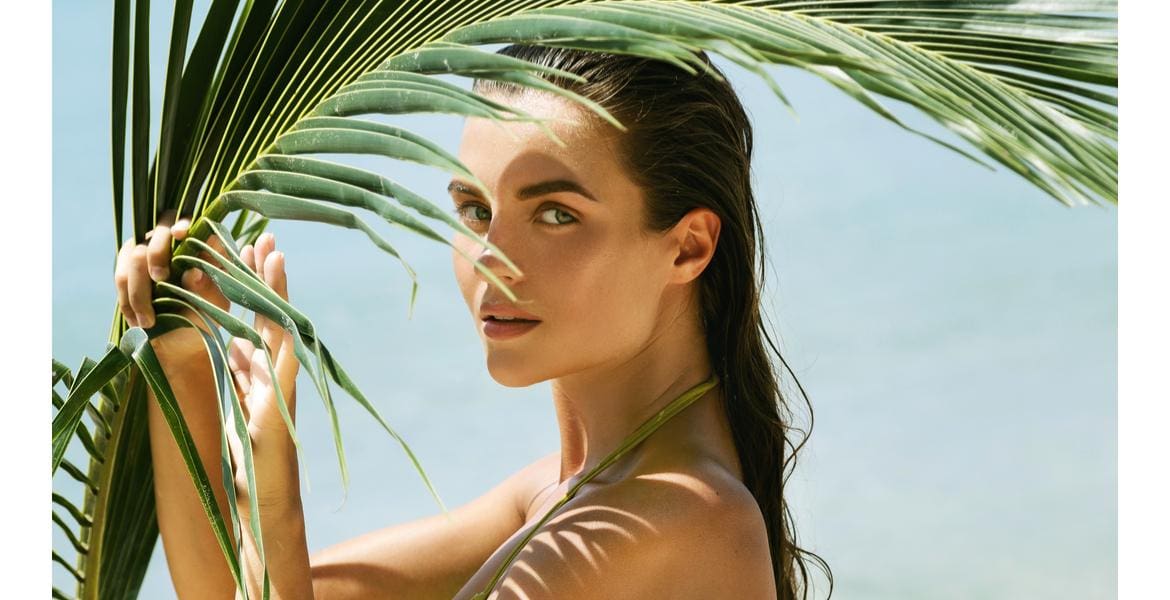Is there a way to safely tan without the damage that may lead to skin cancer? Dermatologists say no, that even the lightest tan is evidence your skin is shielding you against the sun’s rays. But you can prevent burns and protect your skin from too much damage. Moderate sun exposure is important in helping the body produce vitamin D, which boosts the immune system and promotes healthy bones, teeth and skin. The sun also boosts serotonin, which eases anxiety. So steer clear of skin cancer risks and premature aging. Use these tips for the safest sun tan.
- Eat for sun protection.
On top of using a sunscreen, there are specific foods that can help shield you from the sun. Eating lycopene, an antioxidant found in red and orange fruit and vegetables such as tomatoes, can increase your skin’s own SPF sun protection by 33 percent. Green tea contains antioxidants called polyphenols, while caffeine is thought to help cut your skin cancer risk. Fish, which is rich in omega-3, has anti-inflammatory benefits. Dark chocolate is packed with flavonoids that can help protect skin against sunburn.
- Check your sunscreen expiration.
Look at the label to see if the last year’s sunscreen you just found hidden in the back of the medicine cabinet has expired. An older sunscreen becomes less effective or may not work at all if it’s reached the expiration date. Did you store the bottle in a cool, dry place? If so, you may get more longevity out of it.
- Choose the right formula.
Choose a broad-spectrum sunscreen or one carrying the UVA logo along with the word “high”. You want a product that will protect you against both UVA and UVB rays. Both can cause skin cancer, while UVB rays burn and UVA rays can age skin prematurely.
Choose sunscreen with an SPF of at least 30 but up to 50. Choosing an SPF of 75-100 only increases the sun protection by 1-2%. This can give you a false sense of security and encourage you to stay in the sun longer.
If you’re planning to go swimming near coral reefs or other sensitive habitats, make sure your sunscreen is reef safe. That means making sure oxybenzone and octinoxate are not listed in the ingredients in your sunblock. In order for mineral sunblocks to leave corals untouched, they must be “non-nano”, meaning the ingredient particles must be above 100 nanometers in size so that they cannot be ingested by corals. This should say this on the bottle of sunscreen.
- Recognize your skin’s shut-off point.
The old days of lounging by the pool for long periods to deepen your tan are over. Scientists know that our skin has a shut off switch and stops producing any more melanin at a certain point. The cut off comes for the fair skinned much quicker than for the medium toned, who should keep tanning time between two and three hours. Stay out longer and you risk burning and UV damage.
- Get into the shade.
Shade is your friend. Getting out of the sun and into the shade for a break will lower UV intensity and reduce your risk of sunburn. Be especially careful to protect yourself from sun damage between 10 a.m. and 4 p.m., when the sun is often strongest. If you’re planning to stay outside, cover up with a wide-brimmed hat, UV-blocking sunglasses, partial shade when available, and appropriate sunblock.






